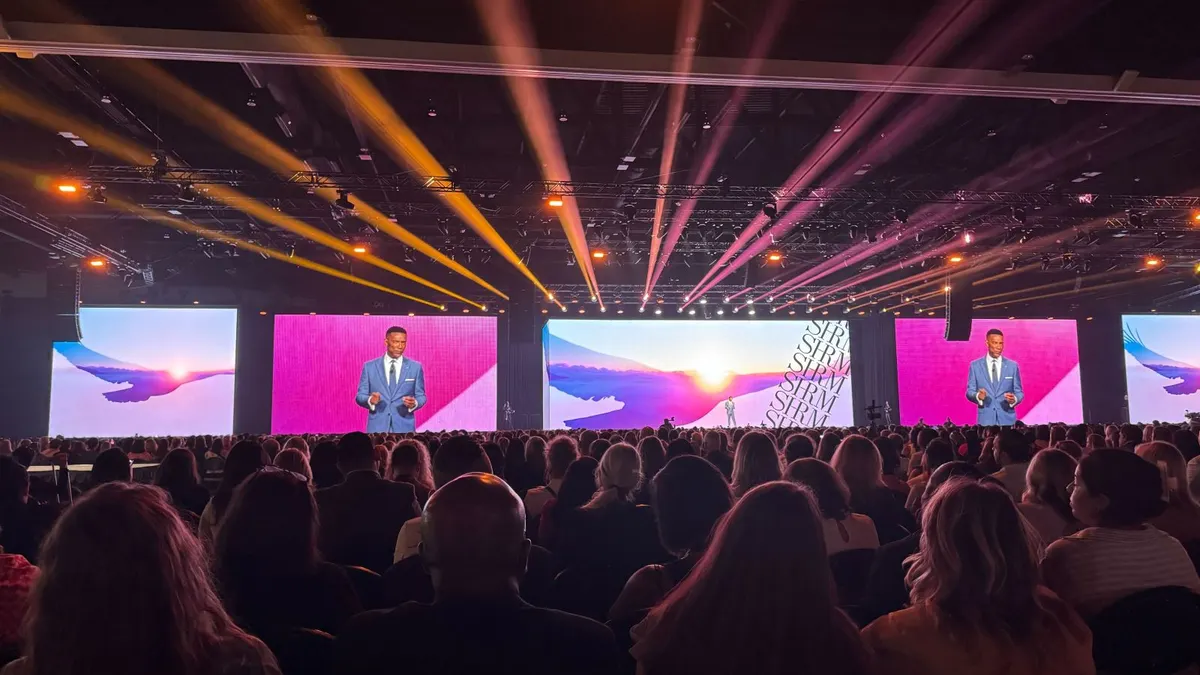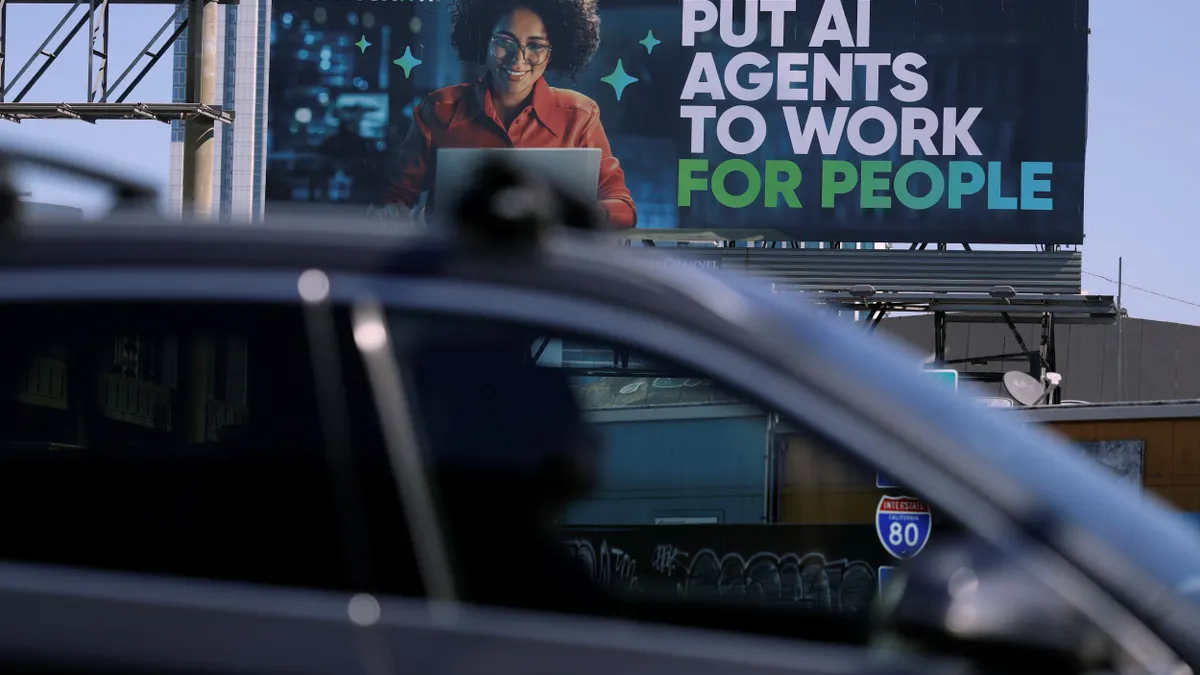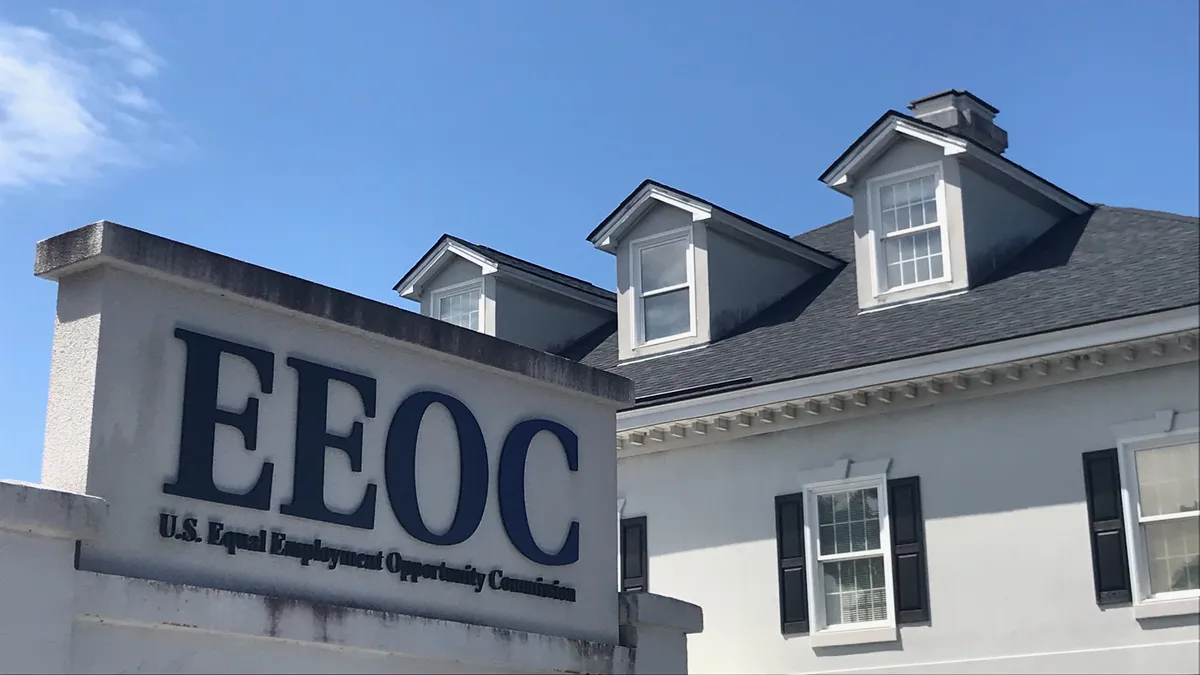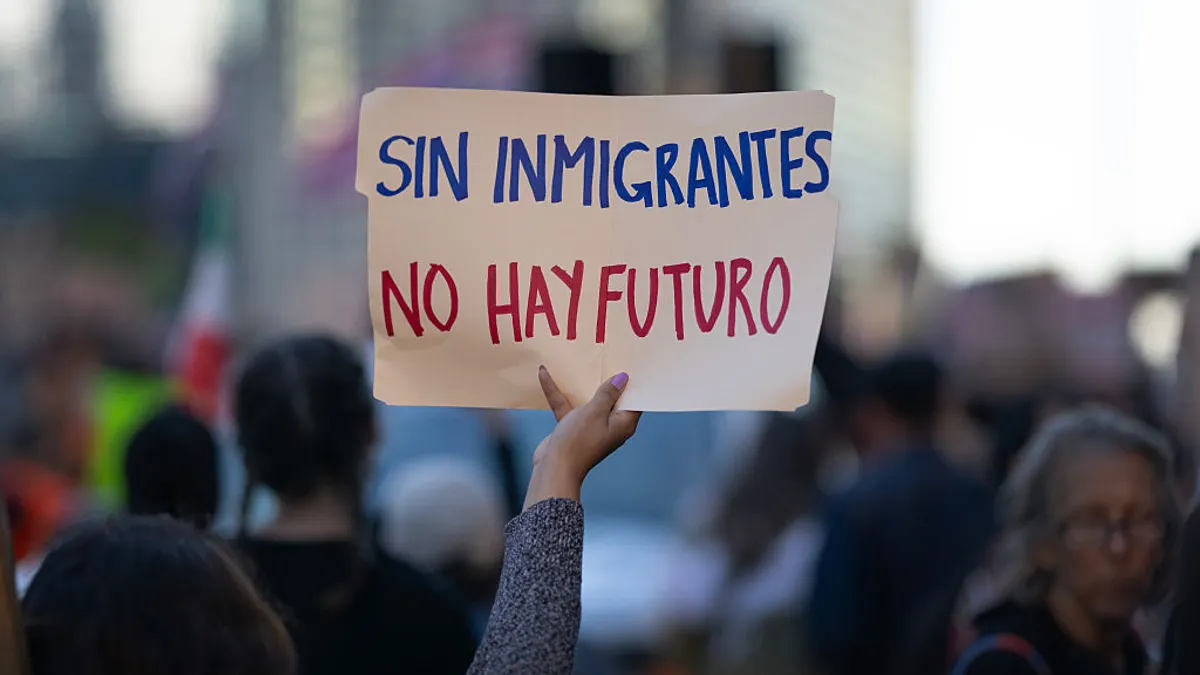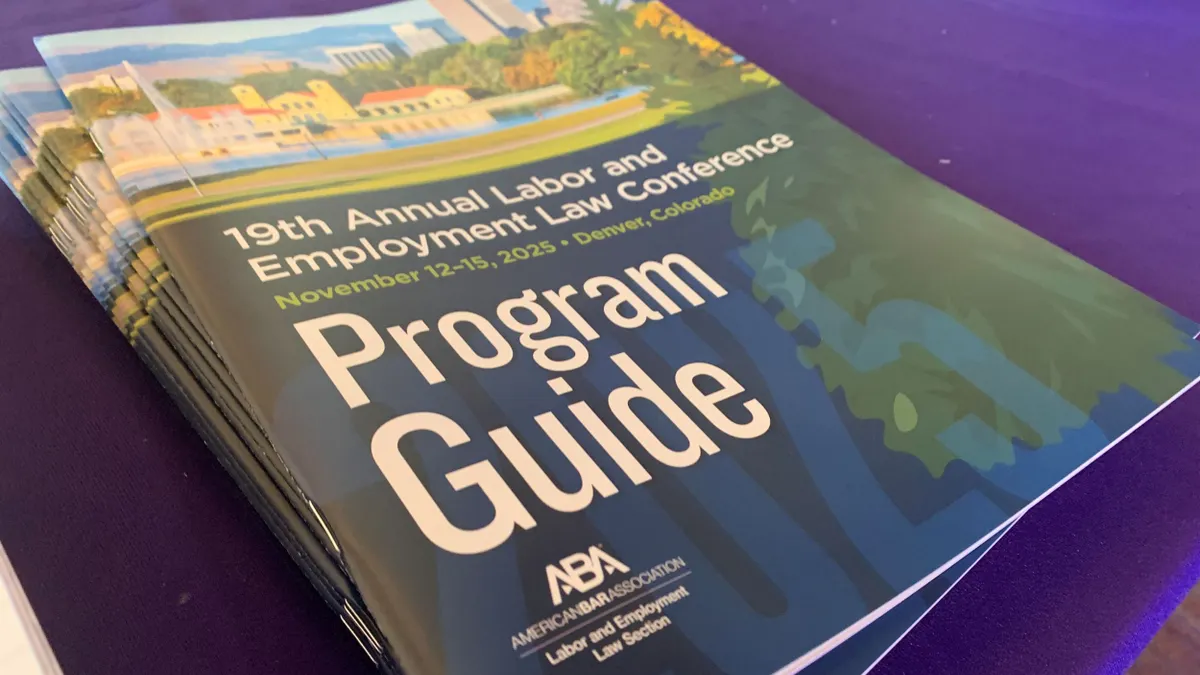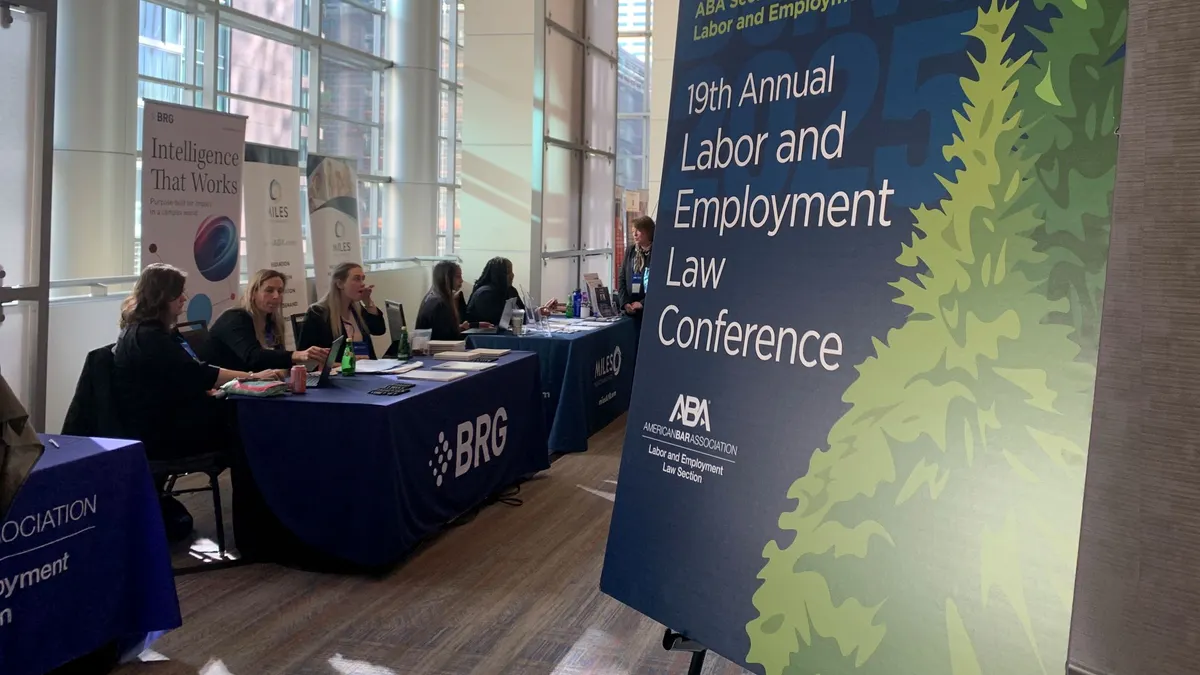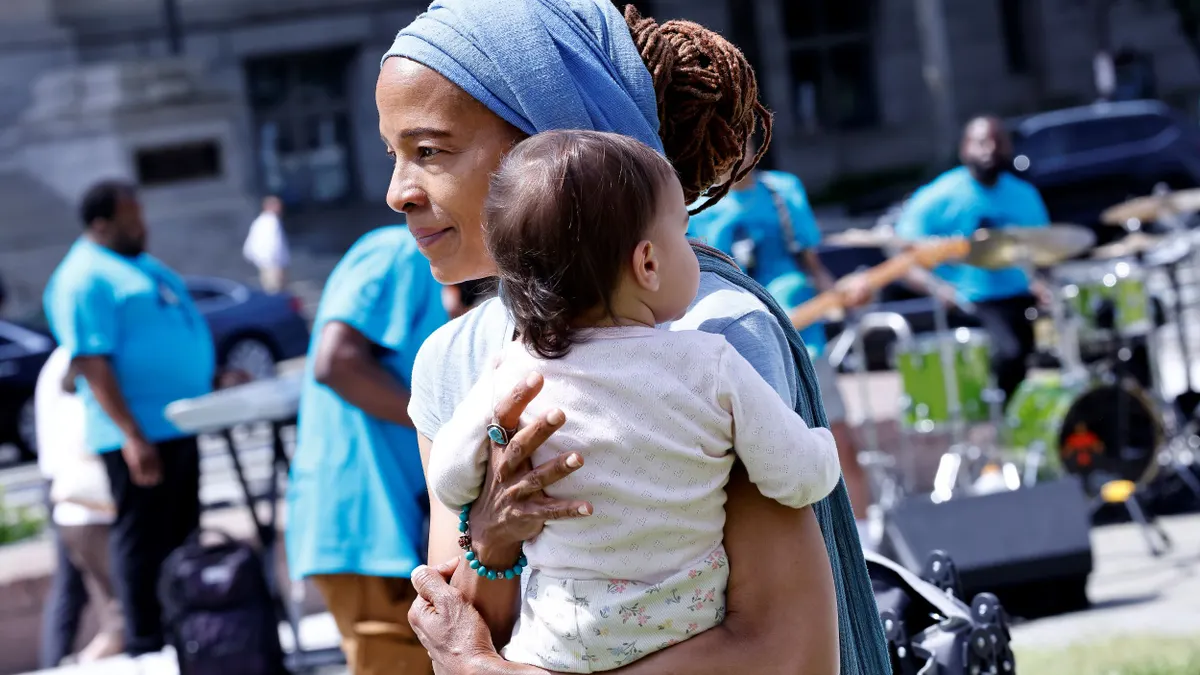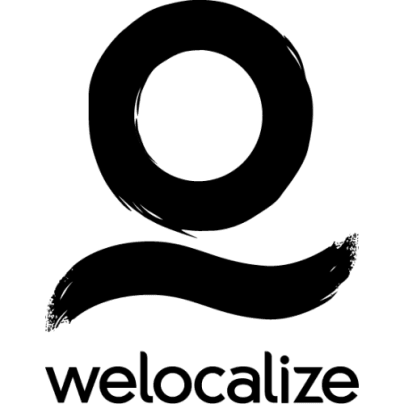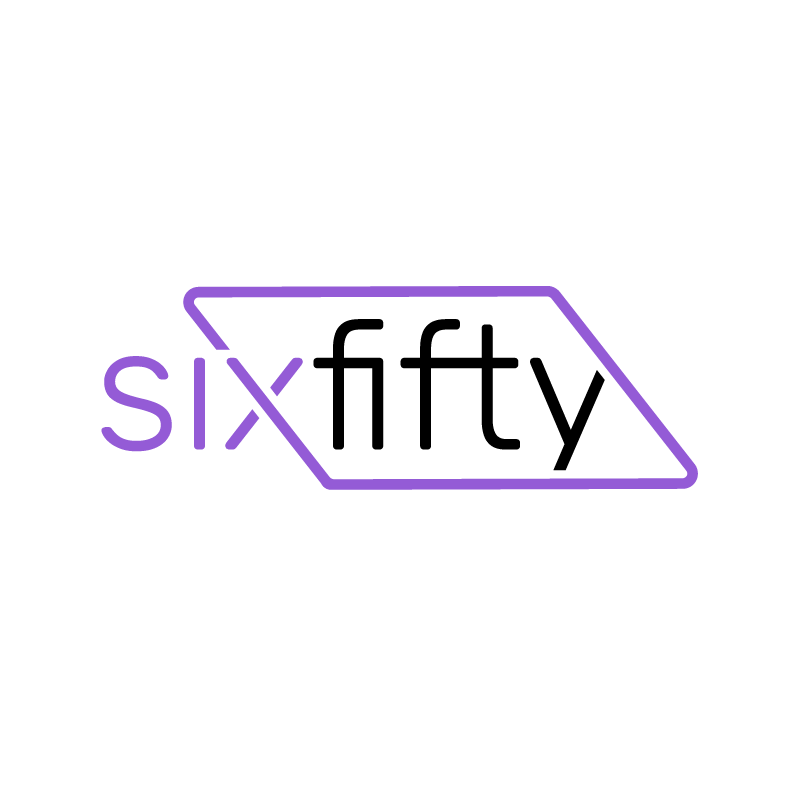2025 has been rife with conflict — and learning curves — around diversity, equity and inclusion. DEI at work has presented one of the biggest challenges for HR professionals, following President Donald Trump’s Week 1 executive orders targeting such initiatives.
In response, HR leaders may need to keep certain things in mind when it comes to their diversity and inclusion practices, according to Chris Gantt-Sorenson, shareholder at Haynsworth Sinkler Boyd.
Although one order explicitly targets DEI, it refers to “illegal discrimination that's already prohibited under Title VII of Civil Rights Act, which was passed in 1964,” she said. And many people are conflating DEI with affirmative action.
“It's been unfortunate to see DEI merged with affirmative action.,” said Gantt-Sorenson, who also leads her firm’s employment law practice. ”When a lot of people are talking about DEIB, they're talking actually about affirmative action. It can be confusing.”
Contractors ‘might be overreaching’
Trump’s order has a specific provision requiring federal contractors to remove certain references from their written policies and their websites, Gantt-Sorenson observed.
This means walking a tightrope. Businesses can confirm that they are equal opportunity employers that comply with Title VII, but they’re deleting external DEI messaging so that they have removed the affirmative action elements from their website, Gantt-Sorenson said — for fear of jeopardizing federal contracts.
“It can be confusing for people who aren't as familiar with the differences,” Gantt-Sorenson said. “If they're worried about compliance — and particularly worried about funding or losing business — then they respond in a way that I think might be overreaching.”
EEOC weighs in
For the broader group of businesses , it seems “essentially, anything that prefers one protected class over another is going to amount to illegal discrimination,” Gantt-Sorenson said.
A March 2025 technical assistance document from the U.S. Equal Employment Opportunity Commission and Department of Justice generally covers what Title VII prohibits and allows, especially with regard to race and sex. But, the employment attorney said, “The thing that is different, and new: Any sort of programs that benefit somebody in a protected class that would be the minority are prohibited in the context of employment.”
“Those historically have been very popular and, some might argue, necessary to make sure that our workplaces represent all walks of life in our communities,” Gantt-Sorenson continued.
“Any program that's focused on better representation compared to what is in the community is desirable,” she said. “But that would be considered affirmative action, if there were quotas and metrics to meet to do that. So that is what is illegal. “
With the new technical assistance, any resources “provided to one class and not the others would be prohibited,” she said.
How the guidance affects HR
Employee resource groups and DEI training are just some of the HR initiatives that employers may opt to re-examine, Gantt-Sorenson said, in order to minimize their company’s compliance risks.
Her law firm, for example, has “historically had what we called ‘lady lawyer lunches,’ and that was in all of our offices. Interpreting this technical assistance document very rigidly would mean that there can't be for law firm funds spent on that, nor should we have our meetings in the firm offices.”
Pre-guidance, the above actions may have been fine. “People may have had an issue with it, but this historically has not been a concern legally,” Gantt-Sorenson said. Now it is, under this technical assistance guidance, she said.
Likewise, employers usually provide Title VII training, which explains how harassment and discrimination on the basis of protected status is illegal; “That typically is recommended annually,” she said. “In this scenario, any training — any communication that might make one race or gender feel impugned, less than, guilty or shamed — is prohibited.”
A focus on the basics
To Gantt-Sorenson, DEIB should mean, “simply, that all are welcome.”
It should mean “everyone's differences are welcome. All walks of life are welcome. We include everybody,” she said. “Even now, there's nothing illegal or prohibited by any of the documents that I've just mentioned in encouraging an inclusive workplace where all walks of life, all demographics, are represented.”
Differences can even include aspects of identity such as educational background, culture and geographic location, she said — adding that differences are good for business.
“A business that's populated by folks that are all the same is pretty stale,” she said, “and probably not sustainable, in my opinion.”





